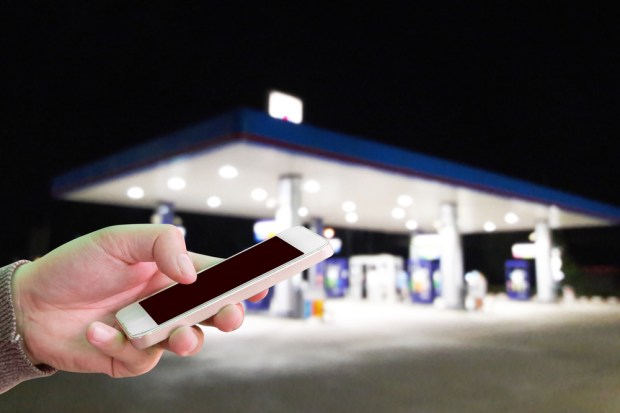Can Millennials Drive Mobile Payments For Gas?

43 percent: That is the amount of high-income millennials who said they would be more likely to visit a gas station if its app offered them convenience, loyalty and savings.
Fueling up vehicles and mobile apps seems, on the surface, like a natural, obvious pairing. After all, drivers are often in a hurry, and topping off the gas tank is one of those chores that no one really likes to do. So why not rely on a mobile app for directions to the nearest gas station with the best prices, along with paying for the purchase?
Turns out most consumers are not on board with that, at least not yet.
According to “Paying At The Pump Report: What Drives Mobile Adoption” from PYMNTS in collaboration with GasBuddy, a survey of 10,000 consumers showed that only 5.9 percent of respondents consider having the ability to pay for gas to be “very” or “extremely” important. Part of the reason is worry about the security of using mobile apps for gas purchases.
But what about apps that offer more? Or targeting apps at a particular group of consumers who are on the rise?
The PYMNTS study found that 65 percent of high-income millennials — consumers born between 1978 and 1995, and with annual incomes ranging from $75,000 to $150,000 — made at least one gas purchase per week. That compares to 58 percent of other respondents who said the same. And half of those high-income millennials said that about 74 percent of their gas purchases were made via mobile apps that encourage them to keep using apps to buy gas.
Those millennial consumers actually tend to use mobile apps to find the best gas prices — along with other tasks, such as getting directions and finding loyalty programs.
Such lessons are resonating with some convenience stores and fuel providers.
Earlier this summer, for example, Charles Jarrett, vice president and CIO of Cumberland Farms (a convenience store chain with some 600 locations in eight states) discussed with PYMNTS the chain’s plans to reach younger consumers with higher-quality products and loyalty features via the company’s new mobile app, which has led to sales gains since its introduction.
Experimentation continues with mobile apps tied to gas and convenience purchases. But it seems that at least one consumer group is ready to embrace the technology if done right.

